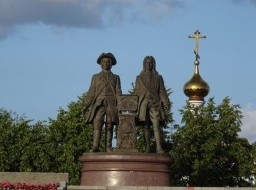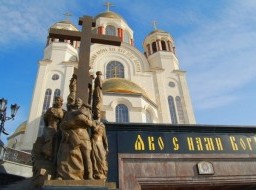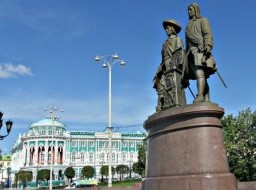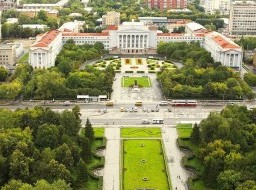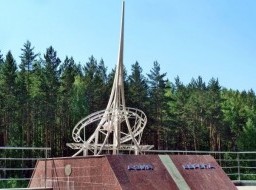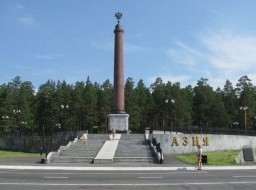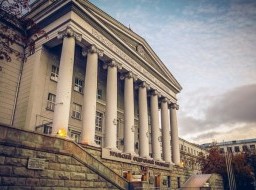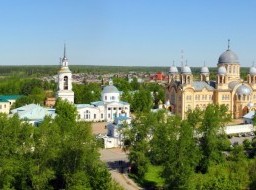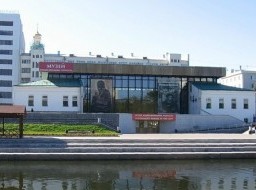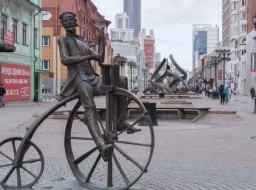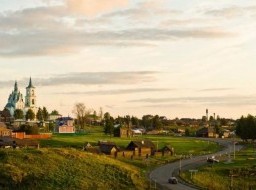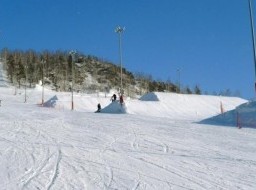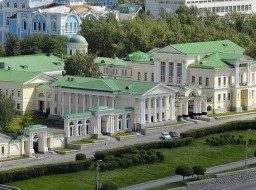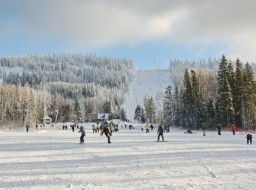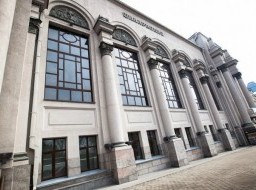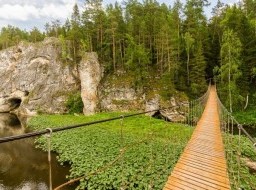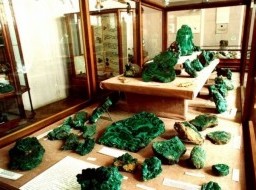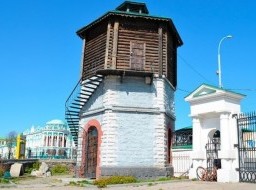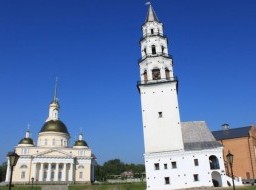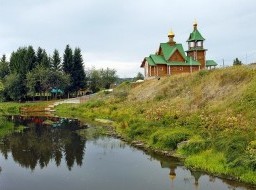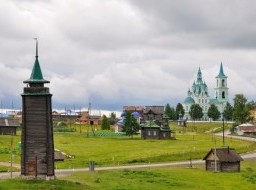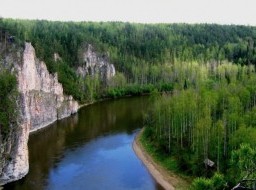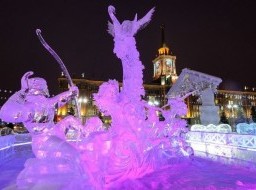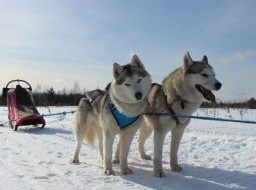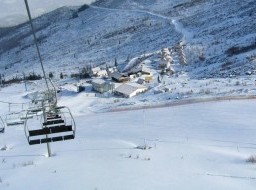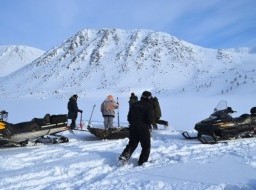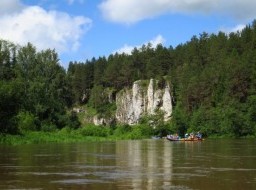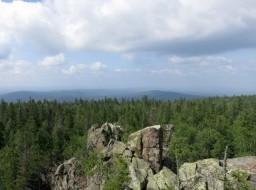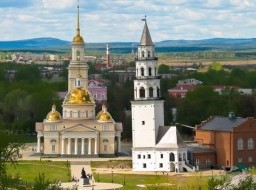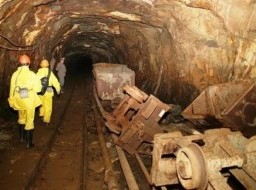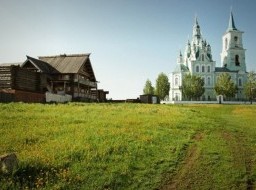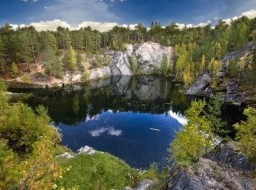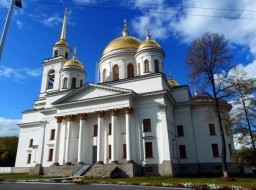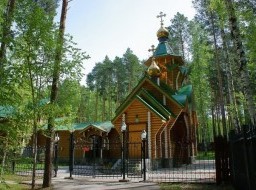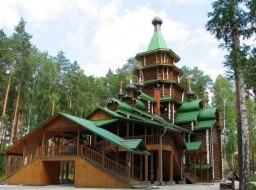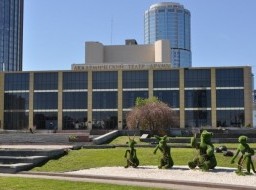City Berezovsky
City, the administrative center of the urban district of the Sverdlovsk region.The resident population is 51,661. (2010, census). The status of the city was received on July 10, 1938. Many sources refer to the founding of the city in 1748, when gold was discovered. About the rare discovery of a golden nugget by the splitter Erofei Sidorovich Markov told the famous Ural writer PP Bazhov in the tale Golden Dykes. At that time it was believed that in the northern countries there is no gold [the source is not specified 866 days]. But on May 21 (June 1), 1745, peasant Markov addressed the office of the chief chief of the mining factories of the Ural range in Yekaterinburg and stated that while looking for rock crystal, grains similar to gold were found. The survey showed that this is really gold. But the geological party for two years could not find the precious metal in the indicated place. And only in the autumn of 1747 the first deposit was discovered, which was already developed in 1748. This marked the beginning of a new gold mining industry for Russia. On January 30 (February 10) 1757, a gold bullion weighing 2.7 kg was sent to St. Petersburg. From this began his life Beryozovsky plant. And in 1814 Lev Brusnitsyn discovered a method for washing loose gold (on the banks of the Beryozovka river), which even led to a "gold rush." This double opening is displayed on the city's coat of arms: The lion symbolizes the very discoverer of Erofey Markov, the monogram in his paw symbolizes gold (the circle in the center is ore gold, the crown is loose). By the end of the 18th century, there were already more than 50 mines in the Beryozov field. By 1860 the Beryozovo plant was a large settlement, superior to such provincial cities as Krasnoyarsk, Chita, Yakutsk, second only to Yekaterinburg and Perm. Most of the inhabitants of the settlement worked in gold mines, as well as candle and spinning factories, built in 1805. Since the beginning of the XIX century a quarter of the population was engaged in sapping. After 1840 flourished granulators of precious and local ornamental stones (marble, serpentine, listvenit, jasper). In addition to minerals and building materials (sand, stone, gravel, clay, limestone), Berezovsky is rich in peat. During the first five-year plans and the Great Patriotic War, two peat enterprises supplied Uralmash, Novotrubny Plant and other defense enterprises with fuel. 2256/5000
Status goroda poluchil 10 iyulya 1938 goda. Osnovaniye goroda mnogiye istochniki otnosyat k 1748 godu, kogda bylo soversheno otkrytiye zhil'nogo zolota. Pro redkuyu nakhodku zolotogo samorodka raskol'nikom Yerofeyem Sidorovichem Markovym povedal znamenityy ural'skiy pisatel' P. P. Bazhov v skaze «Zolotyye dayki». V to vremya schitalos', chto v severnykh stranakh net zolota[istochnik ne ukazan 866 dney]. No 21 maya (1 iyunya) 1745 goda v kantselyariyu glavnogo nachal'nika gornykh zavodov Ural'skogo khrebta v Yekaterinburge obratilsya krest'yanin Markov i zayavil, chto vo vremya poiskov gornogo khrustalya byli naydeny krupinki, pokhozhiye na zoloto. Obsledovaniye pokazalo, chto eto deystvitel'no zoloto. No geologicheskaya partiya v techeniye dvukh let ne mogla obnaruzhit' dragotsennyy metall v ukazannom meste. I tol'ko osen'yu 1747 goda bylo naydeno pervoye mestorozhdeniye, kotoroye razrabatyvalos' uzhe v 1748 godu. Eto polozhilo nachalo novoy dlya Rossii zolotodobyvayushchey otrasli promyshlennosti.
30 yanvarya (10 fevralya) 1757 goda v Sankt-Peterburg byl otpravlen zolotoy slitok vesom 2,7 kg. S etogo nachal svoyu zhizn' Berozovskiy zavod. A v 1814 godu L'vom Brusnitsynym byl otkryt sposob promyvki rassypnogo zolota (na beregakh reki Berozovki), chto dazhe privelo k «zolotoy likhoradke». Eto dvoynoye otkrytiye otobrazheno na gerbe goroda: Lev simvoliziruyet samogo pervootkryvatelya Yerofeya Markova, venzel' v yego lape simvoliziruyet zoloto (krug v tsentre — rudnoye zoloto, korona — rassypnoye). K kontsu XVIII veka v sostave Berozovykh promyslov naschityvalos' uzhe boleye 50 rudnikov. K 1860 godu Berozovskiy zavod byl krupnym poseleniyem, prevoskhodil takiye gubernskiye goroda kak Krasnoyarsk, Chita, Yakutsk, ustupaya lish' Yekaterinburgu i Permi. Bol'shinstvo zhiteley poseleniya rabotalo na zolotykh priiskakh, a takzhe na svechnoy i pryadil'noy fabrikakh, postroyennykh v 1805 godu. S nachala XIX veka chetvert' naseleniya zanimalas' sapozhenym remeslom. Posle 1840 goda rastsvol promysel granil'shchikov dragotsennykh i mestnykh podelochnykh kamney (mramor, zmeyevik, listvenit, yashma). Pomimo mineralov i stroitel'nykh materialov (pesok, kamen', shcheben', glina, izvestnyak), Berozovskiy bogat torfom. V gody pervykh pyatiletok i Velikoy Otechestvennoy voyny dva torfopredpriyatiya snabzhali toplivom Uralmash, Novotrubnyy zavod i drugiye oboronnyye predpriyatiya. |

